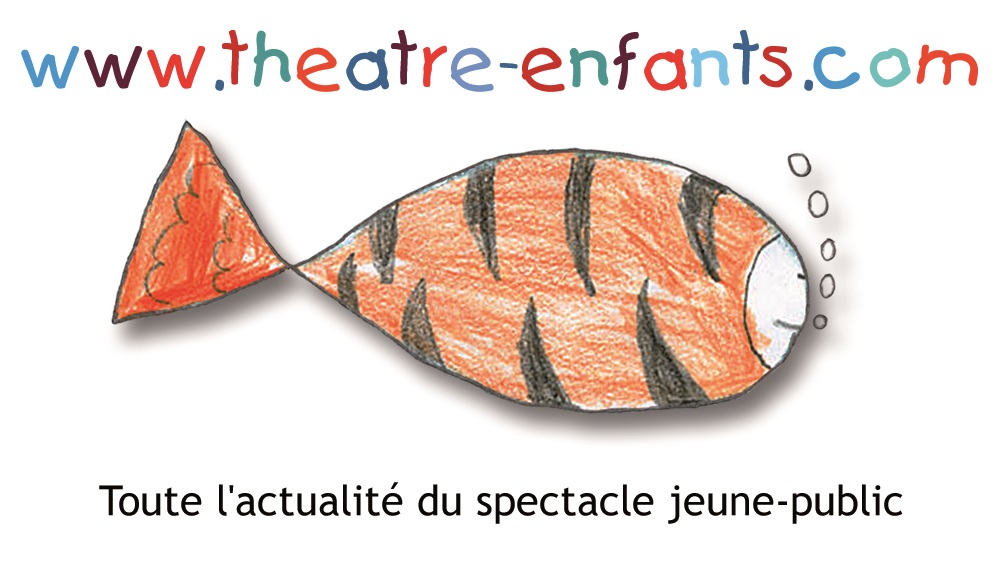Matching-to-sample ( Mts ) is a widely used method for teaching individuals with intellectual and developmental disabilities how to interpret symbolic relationships between words or images and their referents. Although some babies with these disability exhibit generalized identity https://www.yourtango.com/2016296357/what-makes-a-man-want-to-get-married matching, others do not, also after receiving Mts training with non-representative impulses. A current method that relies on the specific receiving thematic matches prior to Mts teaching has shown success in improving accuracy for those who can’t know these Mts tasks without this preparatory process.
As is typically the case for people with intellectual and developmental disabilities, the present study looked into whether thematic matching you promote Mts training with non-representative stimulus sets that are otherwise beyond a participant’s visual repertoire. Teenagers https://eddie-hernandez.com/online-dating-etiquette-online-dating-tips/ with autism spectrum disorders received training in Mts tasks that required them to distinguish between two dissimilar pairs of pictures. Recurring coaching lessons for all three participants, including participant Cub, who had not received thematic matching prior to Mts training, increased precision on these Mts tasks. However, for two of the participants who received thematic training ( Jbk and Oly), matching accuracy on Mts tasks that required thematic matches was still at chance levels.
The fact that both the sample and the proper comparison are actually equivalent is a crucial feature of Mts. The id issue is what it is called. On the other hand, symbolic Cc employ non-representative stimuli in the matching set, and their interactions are subjective. Countless people with intellectual and developmental disabilities find Mts challenging due best-ukrainian-brides.com/russian/ to the arbitrary nature of the relationship between the stimulation.
Cc has traditionally been imparted to these people by first presenting the trial and therefore making the necessary contrast for each work tryout. Photographs of the same items frequently make accurate evaluations, but occasionally they can be various. Instead of giving incorrect responses, matching advantages are offered for choosing the correct comparisons. In the previous example, the pigeons were given a green sample and a purple sample for pecking the circle and triangle. Because they were not compensated for pecking the same colors as the sample ( i .e., the same positions on the equivalence class ), these pigeons were able to perform an arbitrary match.
Prior to training on Mts with non-representative pictures, Pilgrim ( 2000 ) reported that the participants who underwent this preparatory training performed better in terms of performance. Thematic matching’s established history of conditional signal discrimination does help students learn Mts with non-representative stimuli, according to the current experiment, which replicates these findings. This finding may have practical application to professionals and special educators who have clients with limited vocabulary who struggle to master symbolic Mts duties. This is especially true because thematic corresponding was introduced after the participants failed to perform a high level of corresponding on any further metaphorical Cc duties. Thematic matching was predicated on identity Mts, and the Cc tasks demonstrated that the participants had a number of necessary skills before performing Mts.

